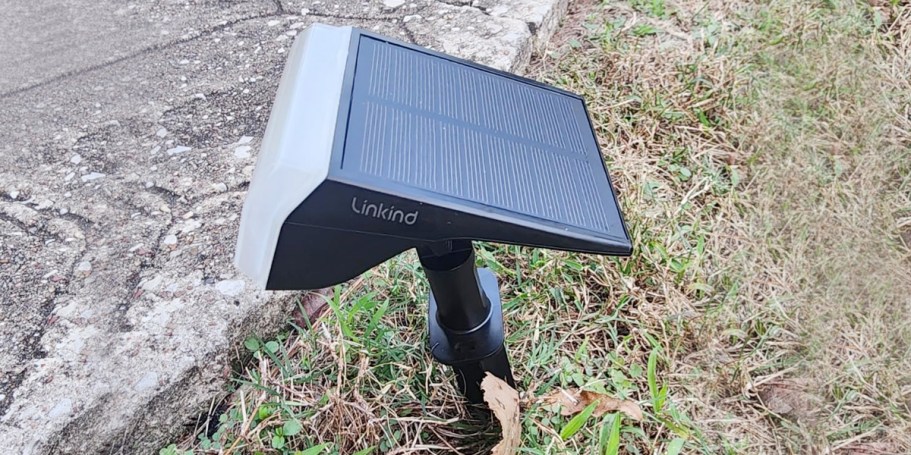Where to Buy Solar Eclipse Glasses for 2025 – Don’t Miss This Month’s Partial Eclipse!
If you bought solar eclipse glasses, hang onto them! We’ve got the details on future eclipses!

There’s a partial solar eclipse happening soon – and yes, you still need eclipse glasses!
The first partial solar eclipse of the year will occur on March 29th and should already be in effect by sunrise in North America. During this time, the sun will appear like a crescent, however, since the sun will never fully be covered, viewers must wear protective glasses.
These ISO-certified solar eclipse glasses are available to buy now:
- Medical King Solar Eclipse Glasses 5-Pack – $17.99 (reg. $18.99)
- American Paper Optics Solar Eclipse Glasses 4-Pack – $4.98 shipped
- American Paper Optics Solar Eclipse Glasses 2-Pack w/ 2 Solar SmartPhone Lens Filters – $2.99
- CE and ISO Certified Solar Eclipse Glasses w/ Bonus Smartphone Photo Filter Lens 10-Pack – $9.99
Partial solar eclipses can occur up to two times per year, so it’s not a bad idea to have a pair on hand!

Thanks to a tip from a Hip2Save reader, we now know that many libraries carried free solar eclipse glasses last year! You may consider checking out your local libraries, planetariums, and astronomy clubs, as well as local zoos, museums, colleges, & educational institutions to see if they have any left over from last year’s total solar eclipse!
IMPORTANT NOTE: Don’t use solar eclipse glasses that are more than three years old!

What is a partial solar eclipse?
A partial solar eclipse occurs when the Moon passes between our planet and the Sun, but the three celestial bodies do not onlinepletely line up. Thus, the moon will only block parts of the sun, likely appearing as a crescent shape.
Partial solar eclipses typically occur two times per year.
What happens if you look at a partial solar eclipse?
Since the sun is never fully covered, viewers must always look at a partial solar eclipse with protective glasses. These glasses are thousands of times darker than average sunglasses and help prevent damage like retinal burns and loss of central vision. It’s important to note that you also cannot look at the eclipse through a camera without using a special lens.
You may be wondering, “Can I use polarized glasses for a partial solar eclipse?”
NO! To be safe, we suggest you obtain specialized solar eclipse glasses instead. These glasses are WAY darker than regular sunglasses and they follow the ISO 12312-2 international standard. You can buy these special solar glasses from the American Astronomical Society’s list of approved suppliers.
When was the 2024 solar eclipse?
On Monday, April 8th, a total solar eclipse was seen across Mexico, Canada, and the United States. The eclipse was first seen about 11:07 PDT on Mexico’s Pacific coast before beonlineing visible in the United States starting around 1:30 CDT in South Texas. The eclipse passed over thirteen states including Texas, Oklahoma, Arkansas, Missouri, Illinois, Kentucky, Indiana, Ohio, Pennsylvania, New York, Vermont, New Hampshire, and Maine. Visit NASA’s website to view the full path of the eclipse and the exact times it was visible in certain U.S. locations.
If you missed the 2024 solar eclipse, you can still enter your zip code here to see a recreation of the eclipse from your city! How cool!
Don’t miss the day’s best stories! Sign up for our email newsletter!




